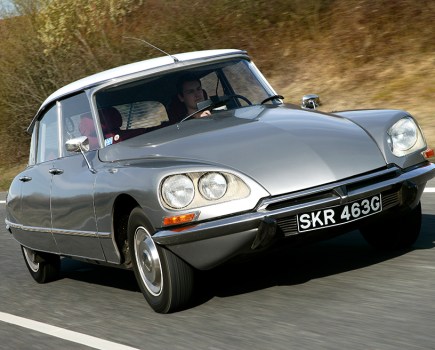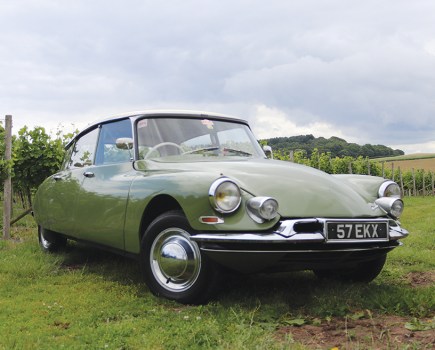The MR2 was a landmark car for Toyota that’s as popular today as it was when it launched back in 1983. We take a look at the MR2 through the ages…
The formula of small, mass-produced sports cars with a mid-engined layout is a concept that has been done countless times over the years, so the MR2 wasn’t ground-breaking when it officially arrived in 1984. Its history can, however, be traced back to 1976 when Toyota embarked on its mid-engine project only for it to be shunted as a result of the worldwide oil crisis.
It wasn’t until 1983 that Toyota unveiled the SV-3 prototype at the Tokyo Motor show; later becoming the car that entered the market under the MR2 name, with just the front and rear spoilers being redesigned for the production model for better aerodynamic stability.
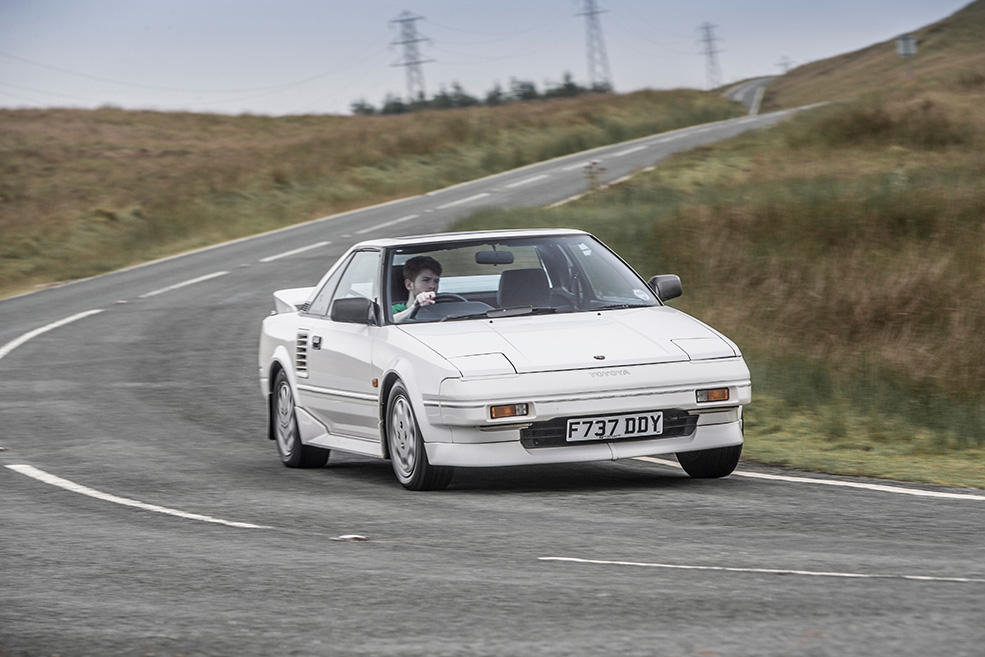
First generation (W10; 1984–1989)
Named the Toyota MR2, a contraction of ‘Midship Runabout 2-seater’, the new model went on sale in Japan in June 1984 and joined the Celica and Supra in Toyota’s UK range six months later. The MR2’s centralised powertrain layout required a complicated construction that contained five high-strength bulkheads, yet the car weighed only 977kg split in a ratio of 44:56 from front to back.
In the domestic Japanese market, the MR2 was initially sold in three grades and with two engine options, the highlight being the 122bhp 1.6-litre DOHC 16v 4A-GE engine used in the Corolla GT.
Later in its life, the options expanded to include a new headline powerplant; the 145bhp supercharged 4A-GZE. Even so, with its 124mph top speed and ability to sprint to 60mph in just 8.2 seconds, the naturally-aspirated MR2 was faster than the majority of its competition. It also won the hearts of customers taking the crown of Japan’s Car of the Year 1984-1985.
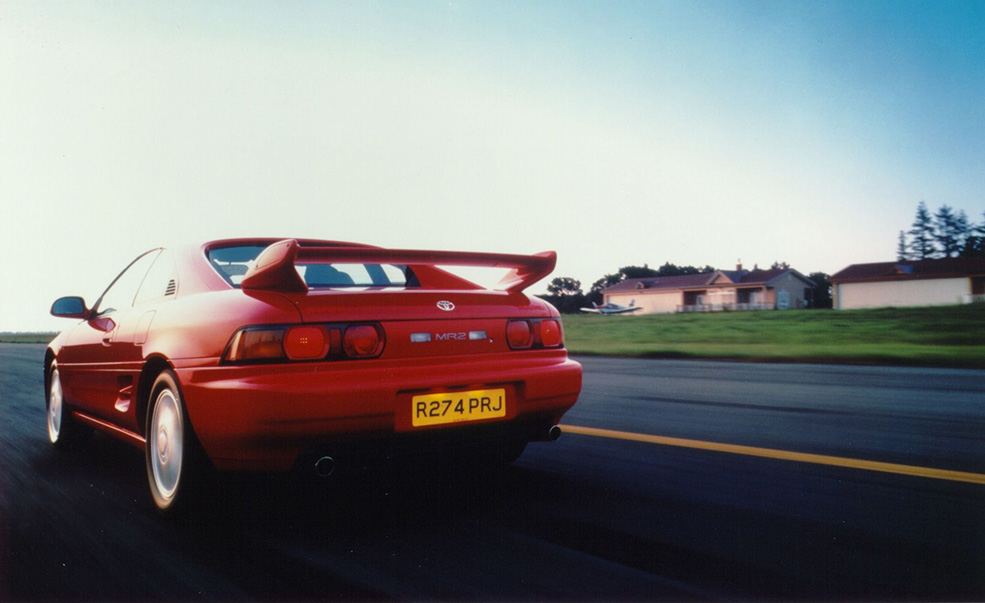
Second generation (W20; 1989–1999)
The remit for the second generation MR2 expanded to include a more refined and stylish design, improved ergonomics, a higher quality interior, along with a range of larger, more powerful engines; taking the model further upmarket.
The svelte new MR2 went on sale in Japan in October 1989; almost five-and-a-half years after the launch of the first-generation car. During its development, two prototypes spent time in the UK – the MR2’s second-biggest export market to have the new car’s suspension fine-tuned. The new model had grown in size, being 245mm longer, 30mm wider, with the wheelbase up by 80mm, but retained a sleek profile with a 10mm decrease in overall height. Again, either coupe or T-bar body styles were available.
From launch, the second-generation’s engine line-up included three 2.0-litre 16v powerplants: a base 119bhp unit from the Carina (only available in the UK), the naturally-aspirated 3S-GE with 165bhp, and a turbocharged 3S-GTE with 225bhp (also used in the Celica GT-Four). For the American market, a 2.2-litre 5S-FE engine was fitted instead of the mid-range 3S-GE. The improved torque of these engines compared to the previous range more than made up for an increase in the MR2’s kerb weight to between 1160 and 1285kg (depending on model).
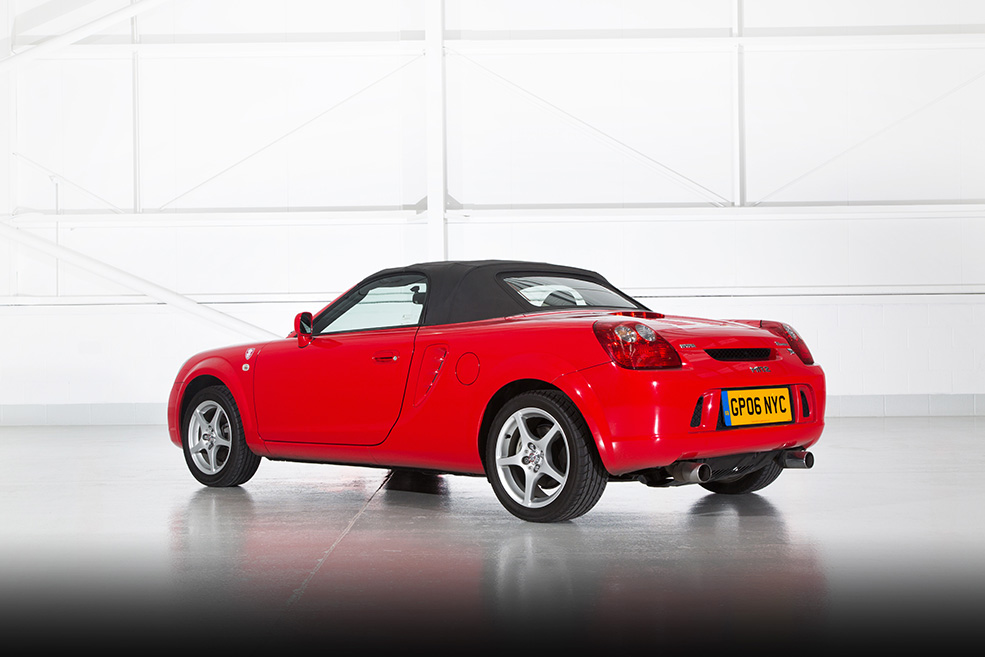
Third generation (W30; 1999–2007)
The third-generation car launched in Japan a few days before the 1999 Tokyo Motor Show and bore the MR-S name as seen on a new concept released two years prior in 1997. Exported cars to Europe and the States were known as the MR2 Roadster and MR2 Spyder, respectively.
The new car’s weight was incredibly light at 960kg, thanks to the boot being removed and revised luggage compartment placement behind the seats. In an attempt to simplify production for all markets, just one all-alloy 1.8-litre DOHC 16v VVT-i1ZZ-FE unit was offered (also used in the seventh-gen Celica). The engine produced a healthy 138bhp, which enabled it to keep pace with its rivals – again, attributed to its low weight.
Sales continued until 2007 when it was decided that the slowing down of the sports car market had hit sales too hard to continue production. We now await the MR2 namesake to be revived with hints that a car could be with us as early as 2019!


